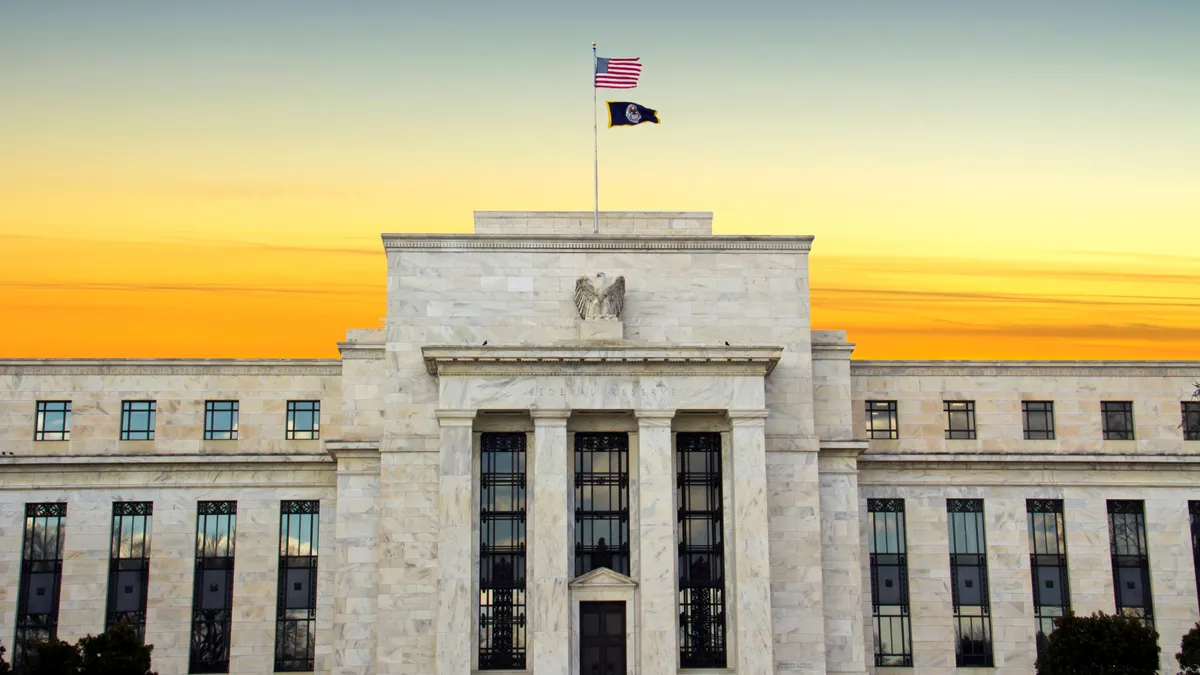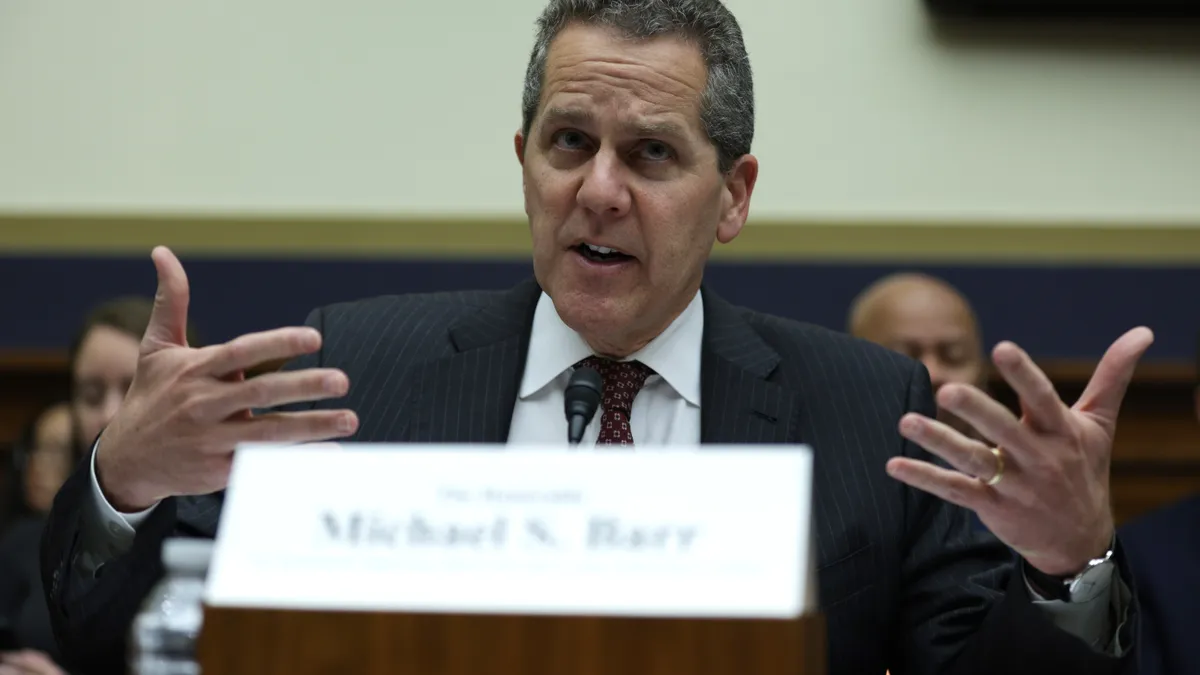The cryptocurrency space has fallen under greater scrutiny in recent months, with businesses and regulators paying closer attention to the expanding digital asset space.
While still very nascent, “the industry is now mature enough that … nearly everyone understands the power of that potential,” Jeremy Fox-Geen, CFO for crypto platform Circle, said in a recent interview.
“The way I see it, we’re at the end of a retail-driven speculative phase, and we’re at the dawn of a utility phase,” Fox-Geen said.
While many crypto-connected companies are slashing headcount, Circle is looking to grow in the next year by as much as 25%, according to The Wall Street Journal. At the same time, the company is looking to ensure it is prioritizing its future investments as it faces an increasingly volatile macroeconomic and regulatory environment.
“The fact that there has been turmoil in the market does not, in any way, diminish the incredible opportunity that we have,” Fox-Geen said. “And so as many other companies become challenged, we do have an eye toward, what is the opportunity here for us? We're going to continue to build the way we're building.”
Robust regulatory dialogue
Preparing for crypto’s oncoming “utility phase” can be tricky as the industry falls under intensifying regulatory fire, which has centered on whether certain digital assets can be considered securities.
Until this month, stablecoin issuers — Circle issues USDC — had largely been left alone. That changed when the New York Department of Financial Services ordered crypto firm Paxos to stop issuing new Binance USD stablecoins.
Circle, which, like Paxos, is regulated by NYDFS, made a complaint to the agency last year about Binance, alleging the company was mismanaging reserves for its own tokens, according to Bloomberg.
Fox-Geen declined to comment on the report of the complaint, but said Circle has “a broad dialogue” with its regulators.
“We have a very, very robust enterprise risk management and compliance program and robust dialogue with regulators — including those who do not yet regulate us,” he said.
That may be a reference to the Securities and Exchange Commission, which also has begun to crack down on stablecoin issuers. The agency notified Paxos it plans to sue the company over violations to investor protection laws.
Circle’s CEO, Jeremy Allaire, for his part, has said the SEC is not the right regulator for stablecoins. “There are lots of flavors, as we like to say. Not all stablecoins are created equal,” Allaire told Bloomberg on Thursday. “But, clearly, from a policy perspective, the uniform view around the world is this is a payment system, prudential regulator space.”
Circle’s embrace of regulation has been a position it has held since its founding 10 years ago, Fox-Geen said
“We asked for the digital asset industry to be regulated before it was regulated,” he said, noting that Allaire, has attended multiple government hearings pushing for regulation of the industry. “We have always taken the view that constructive relationships with regulators are critical and the events of the last year have demonstrated exactly why that is true.”
Circle has also faced a spotlight as the debate heats up regarding which digital assets are securities. Dante Disparte, Circle’s chief strategy officer and head of global policy, tweeted Feb. 14 that the company had not received a Wells notice itself in response to Twitter rumors. A spokesperson confirmed that is the company’s official statement.
There is, Fox-Geen said, no firm definition of a stablecoin. “It's a word that people coined that has been used to refer to many digital assets, including those that have no stable characteristics whatsoever,” he said.
USDC, commonly referred to as a stablecoin, is a digital asset that is backed one for one with the U.S. dollar, Fox-Geen said, noting the coin is “not a security.” USDC is one of the only assets that grew in 2022, Allaire told CNBC on Friday, showing perhaps that “a digital dollar that works on top of these blockchain networks has real utility and real value and maybe gives us some insight into, where does the utility come from as we go forward,” he said.
Creating transparency, trust
One of the ways Circle is preparing to take advantage of crypto’s future is by transitioning to a public entity, which has been a goal for a number of years, Fox-Geen said.
The company mutually terminated its merger with special-purpose acquisition company Concord Acquisition Corp. in December. The deal, previously valued at $9 billion, ended because it timed out and not because of any other factors, Fox-Geen said.
Circle is no longer looking to go public via a SPAC, Fox-Geen said. As a “rapidly growing, profitable company,” it is examining other ways of doing so such as an initial public offering or direct listing, he said. Going public could also provide benefits to the company as it looks to build out trust and transparency within the cryptocurrency space, he said.
“We want to hold ourselves to the highest standards of transparency, so that people who are looking to build upon our infrastructure in this industry can rest assured they're dealing with people who they can trust,” Fox-Geen said. “The additional scrutiny of being a public company, we think, is very beneficial for us.”





















